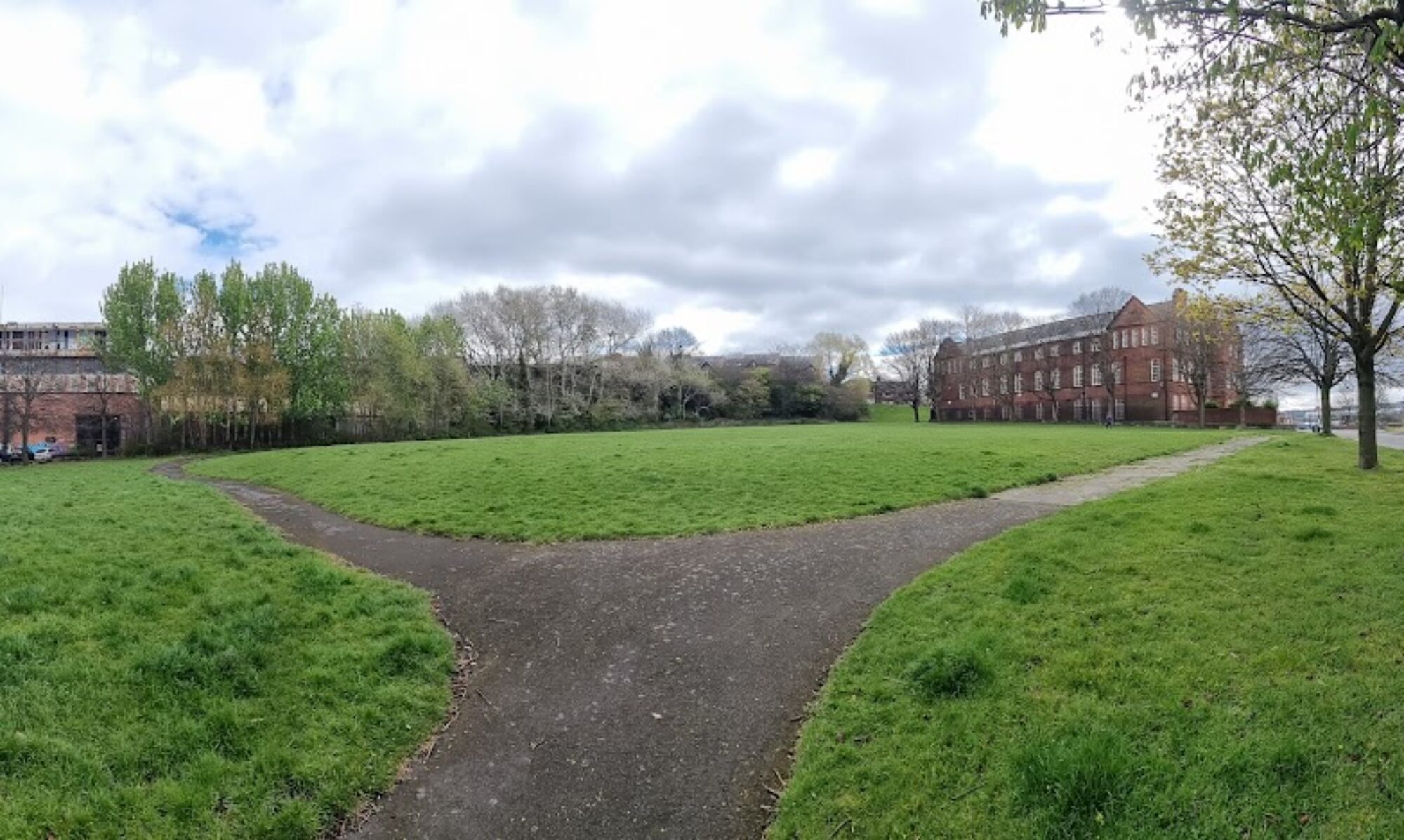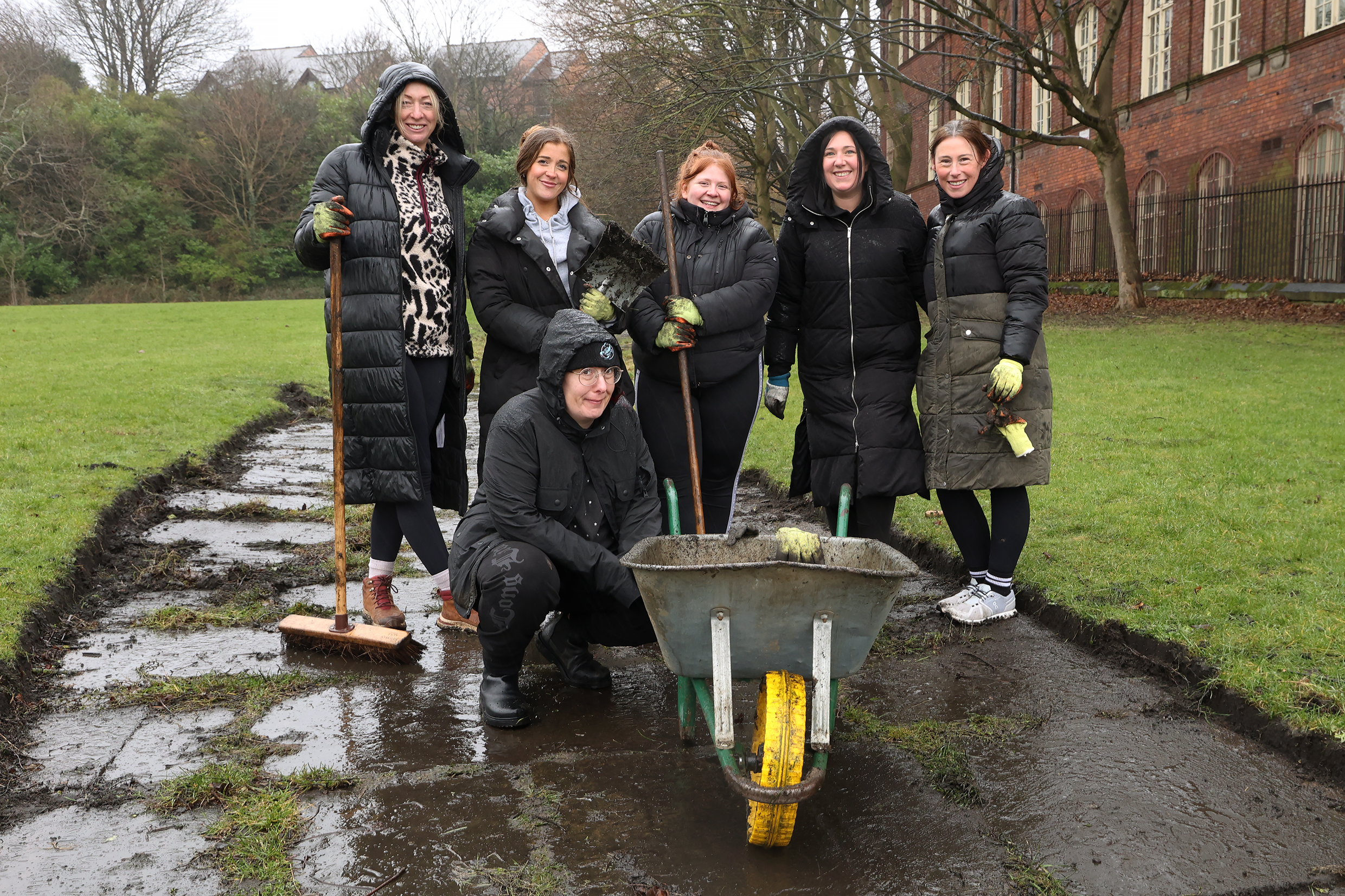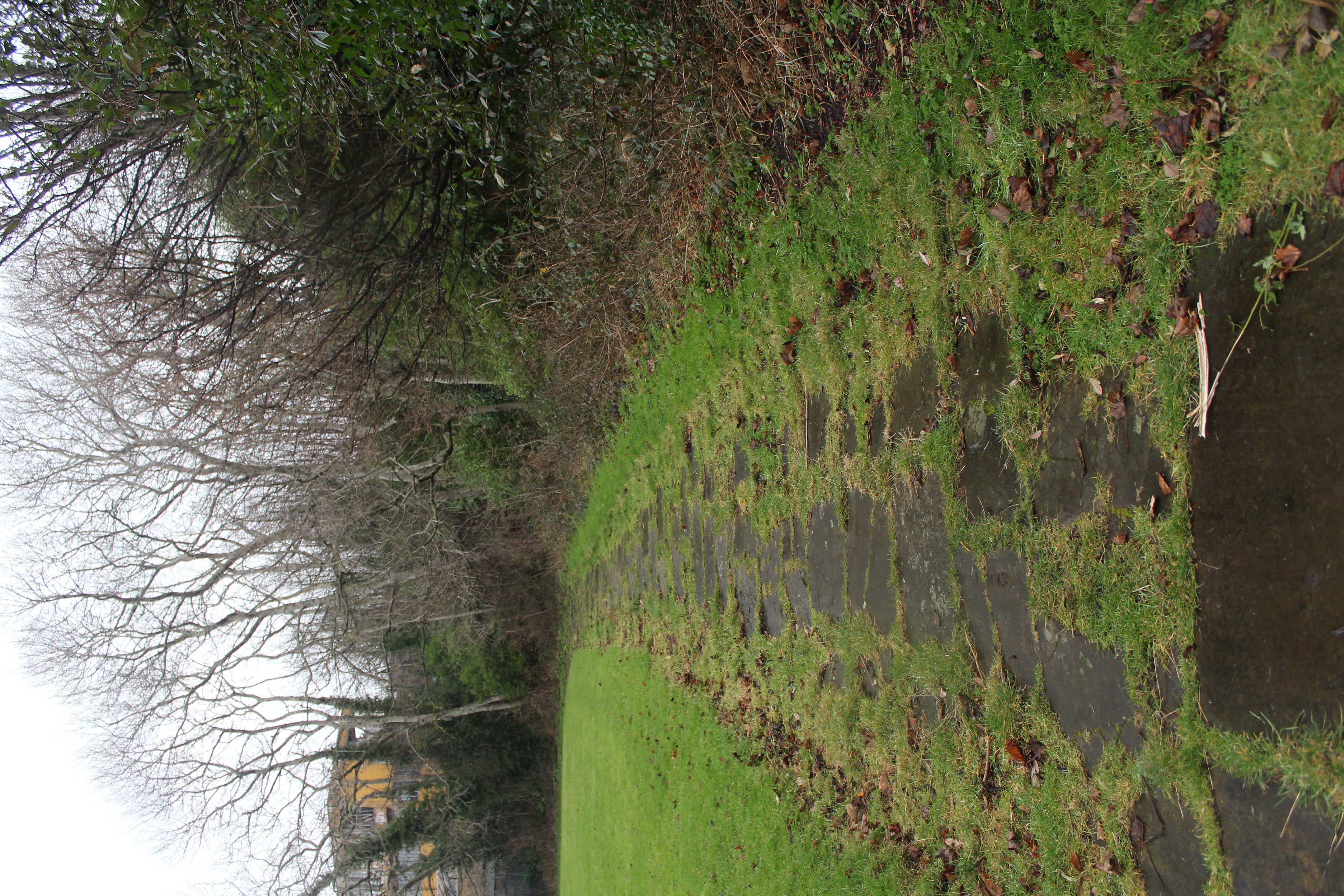We are delighted to share that the North East Funerary Heritage Group (NEFHG) will officially launch this summer and the BHBG project is proud to be a sponsor of the event.
🗓 Date: Wednesday, 23 July 2025
🕐 Time: 13:00–16:00
📍 Venue: Newcastle Cathedral (The Nave)
This launch event marks an important step in building a regional network for those who care about burial spaces and memorial traditions. NEFHG brings together researchers, local historians, heritage professionals, community groups, interested individuals, and policy-makers to foster collaboration, raise awareness, and promote respectful care for funerary heritage across the North East.
The afternoon will feature short talks, breakout discussions, and opportunities to shape NEFHG’s future direction. Whether you’re engaged in cemetery care, historical research, or simply have a personal interest, this is a welcoming space to connect and contribute.
As part of the day, NEFHG is also exploring the possibility of optional morning field trips linked to the event—and it is quite possible that one of these will be a walk or talk at Ballast Hills Burial Ground. We’ll share more details soon.
As a sponsor, we are especially pleased to support NEFHG’s launch and its vision to build a collaborative and inclusive network rooted in local knowledge and shared engagement with our region’s rich funerary heritage.
Interested in taking part?
You can learn more about NEFHG on their blog. Membership is free and open to individuals and organisations with an interest in funerary heritage. Join here.
Stay tuned for the full programme and registration link. In the meantime, save the date, and we hope to see you there.
















